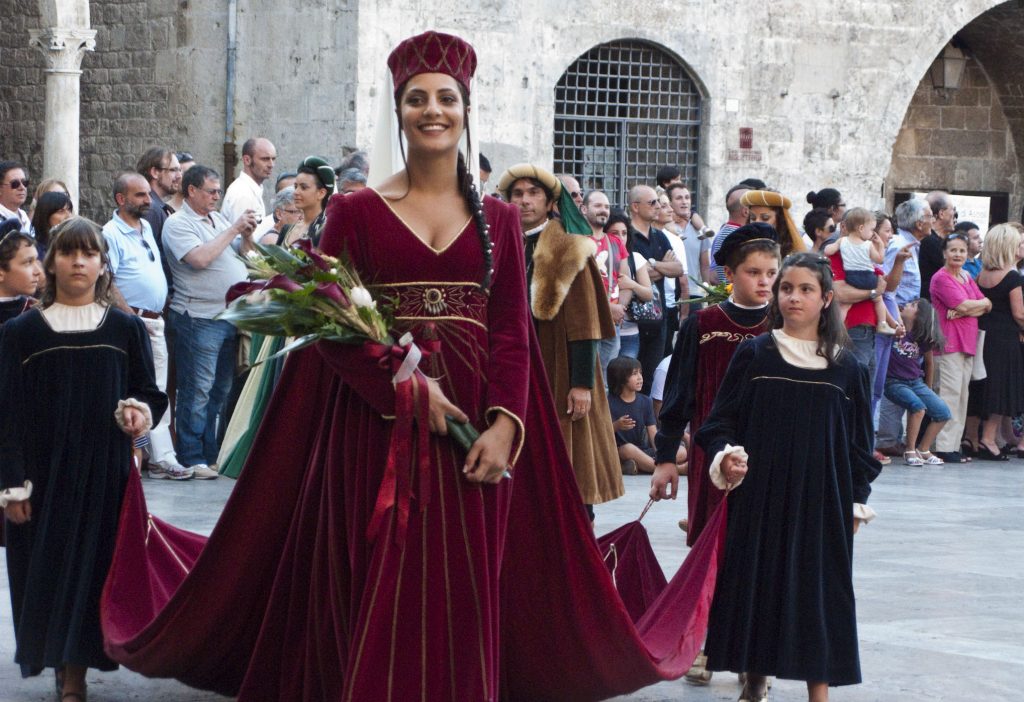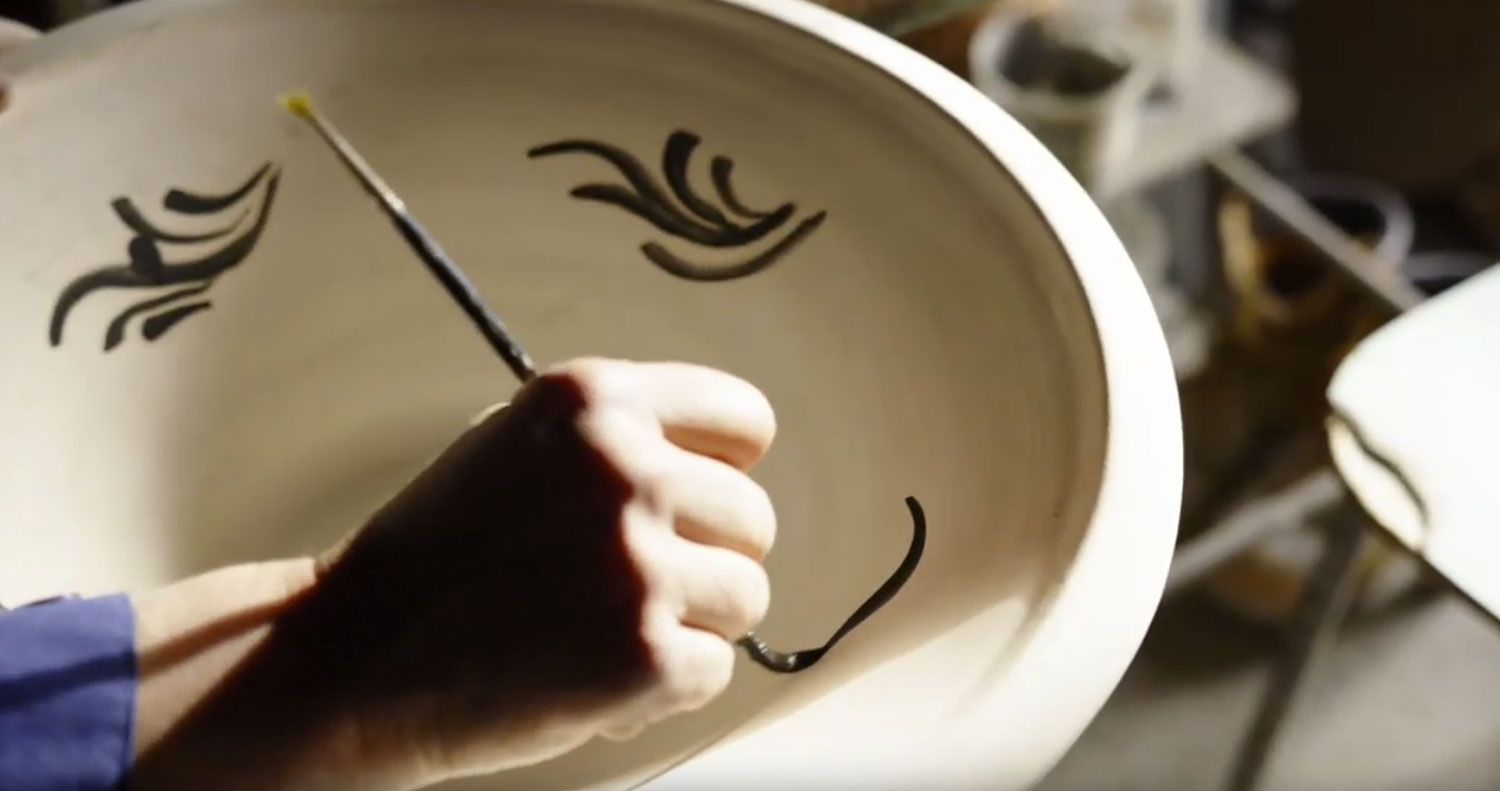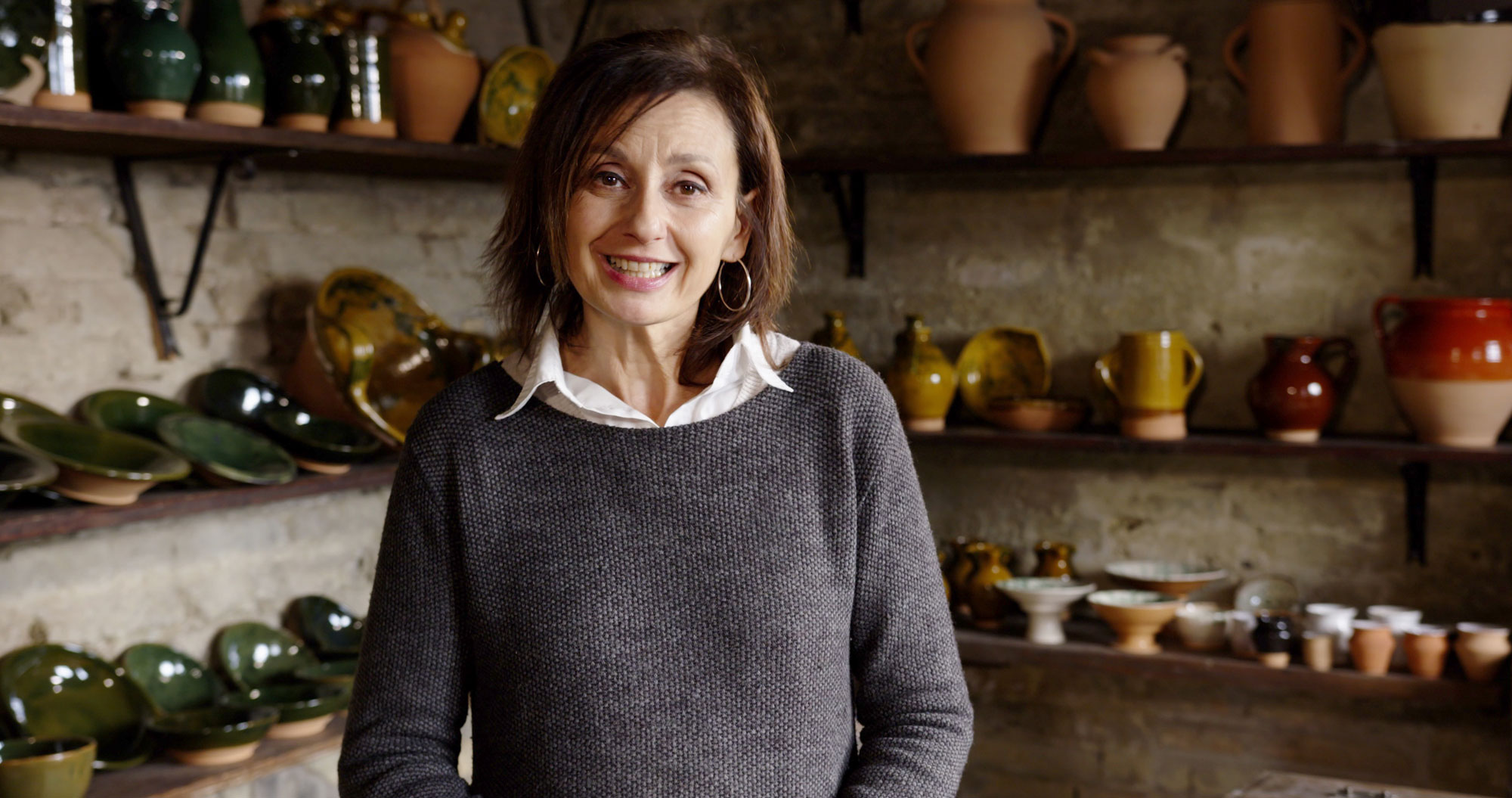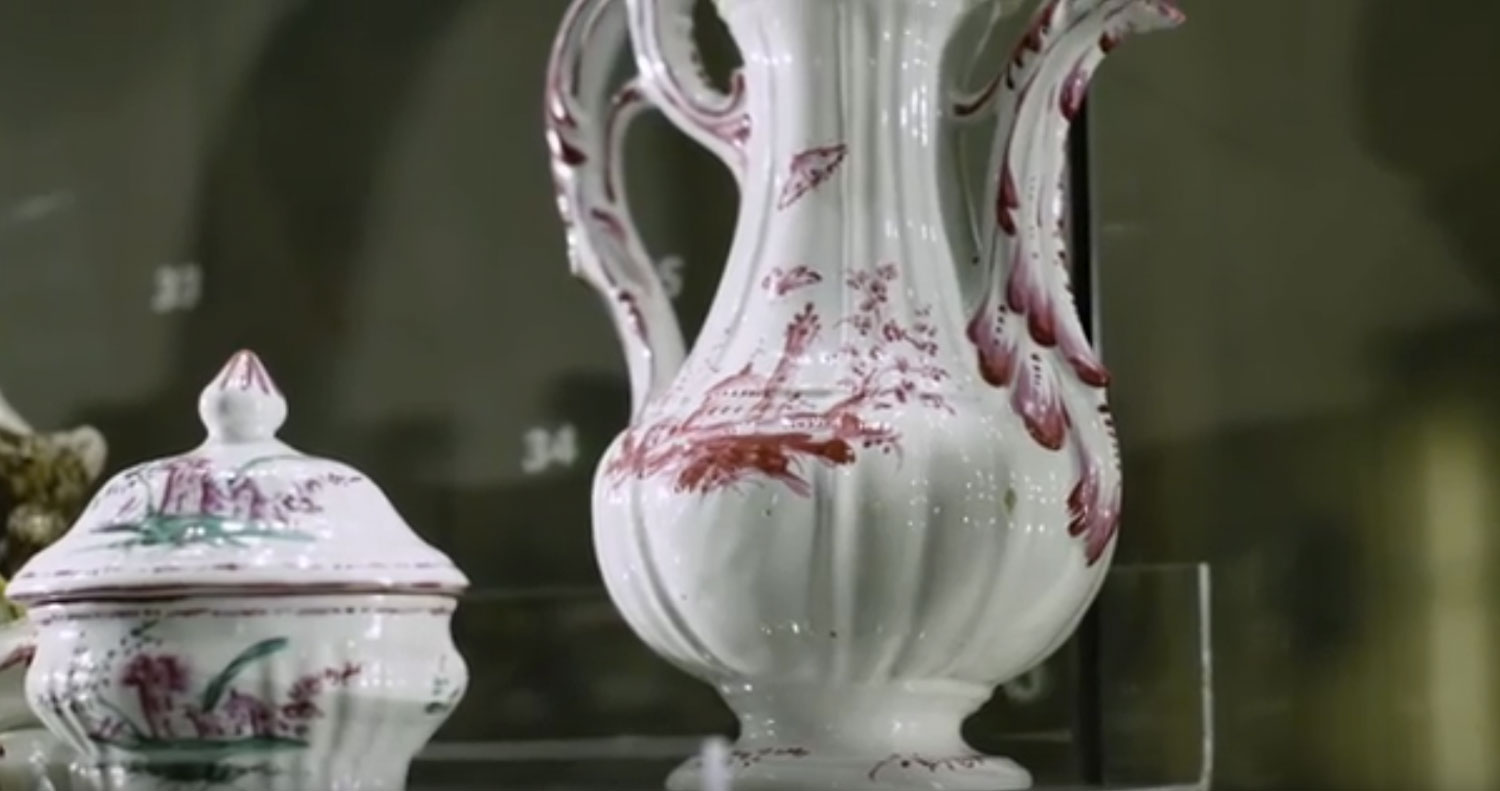Into the heart of tradition. The charm of Ascoli Piceno Quintana

The Medieval Joust called Quintana offers a wonderful and surprising image of Ascoli Piceno. The festive atmosphere of this celebration and the imposing historical parade mix with the authentical scenary of the city. Thanks to an enthralling and involvig atmosphere both the participants and the turists travel back in the ancient times and discover the colours and the traditional sounds of the Medieval Joust, the 15th century solemn gestures and the opulent robes. Professor Luigi Morganti, teacher of history of art at the University and the artistic director of the Quintana historical parade, leeds you through the tradition and the social reality of an event that embraces the whole city of Ascoli, an event that arises / derives from the city dwellerss’ most authentical passion. The origins of the Quintana date back to the first city statutes from 1377. The statutes already witness a close connection between the civitas, the church and its patron, Saint Emidio. In fact, on the eve of Saint Emidio’s day, both the city guilds and the magistracy used to go to church, to the bishop and light candles to Saint Emidio.

The origins of the Quintana date back to the first city statutes from 1377. The statutes already witness a close connection between the civitas, the church and its patron, Saint Emidio. In fact, on the eve of Saint Emidio’s day, both the city guilds and the magistracy used to go to church, to the bishop and light candles to Saint Emidio. Nowadays this ritual is still in use and it is celebrated on the eve of the Quintana with a wonderful ceremony, where the castles, the magistracy and the city guilds light candles to Saint Emidio.
On the day of the celebration the aristocrats, the archbishops and the high rank prelates wanted a horse to run in honour of the patron. The horse race wound along the city streets and the winner got a crimson cloth, symbolizing martyrdom, Nowadays the same prize is given to the winner of the Quintana.

During the 14th and the 15th centuries, the city was split up into areas called “sestieri” and to each area belonged a series of churches. So, during the celebration days there was a close connection and collaboration between the religious and the civil realities, between the magistracy and the church.
The traditional horse race, which has been in vogue for several centuries, is back again in its modern version called Quintana. Since 1954 the Quintana has taken place every year, on the first Sunday of August, which is closed to Saint Emidio’s day as well. In the last 15 years though, the Quintana has been celebrated twice a year: on the second Saturday of July and on the first Sunday of August.
Nowadays, the “sestiere” has taken on a very important meaning, not only due to the town planning… Each “sestiere” in fact, boasts a history which is characterized by traditional activities.. The rivalry is not only related to the Quintana and to the horse race. Actually, we are talking about a competition that goes on the whole year, and that includes other disciplines as well, such as the archer and the flag flyer competitions. Our flag flyers have won very important prizes, being the best in Italy. The archers are “historical” archers who shoot with a bow and arrow that date back to the 14th century and that require a challenging and demanding training in order to be used.
So, the modern Quintana looks back in time, coming up again with a magnificent parade of 1500 walkers-on, which is probably the only one in Europe.
The sense of belonging is very strong in Ascoli… Everything is related to the patron’s strength. People from Ascoli are emotionally very tied to Saint Emidio and to the traditions that he handed down to the local people.
History turns into passion and social involvement, spreading not only tradition, but also sense of belonging and participation, pride and enthusiasm towards the bauty of art and culture.
In the history of the “ascolani” (the peple from Ascoli) resides the will to pit themselves against other realities, to literally try on new clothes. This fact can easily be related to the historical origins of the carnival in Ascoli.
- 134
- 2712








